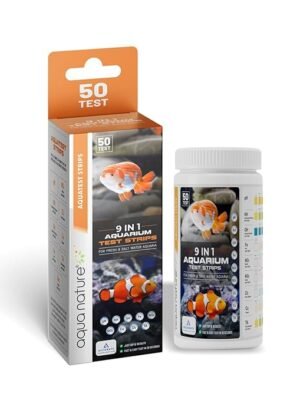What are all the symptoms?
- Excess mucus: The affected fish will have a coating of greyish-white mucus on their body, sometimes described as a “blue slime”.
- Irritation: Fish may rub against objects in the tank or show signs of irritation.
- Respiratory distress: Parasites can attach to gills, causing difficulty breathing.
- Lethargy and anorexia: Heavily infected fish may appear lethargic and lose appetite.
- Fins damaged: Infected fish may have damaged fins.
- Other signs: In some cases, the eyes may appear cloudy
What Causes this to my fishes?
Protozoan parasites: Ichthyobodo necator is the most common culprit, but other protozoans like Ichthyobodo pyriformis, Chilodonella spp., and Trichodina spp. can also cause slime disease.
Stress: Stress, often caused by poor water quality, can trigger outbreaks of these parasites.
Direct life cycle: These parasites have a direct life cycle, meaning they infect fish directly without an intermediate host
How to treat it?
Salt baths: Adding salt to the tank can help treat the parasites.
Formalin baths: Formalin can also be used to kill the parasites.
Temperature increase: Raising the water temperature to above 30 degrees Celsius can help kill the parasites.
Medications: Formalin, copper sulfate, or potassium permanganate baths can be used to control the parasite.
Improved water quality: Addressing poor water quality and other stress factors is crucial for preventing and treating the disease.
Quarantine: If reinfestation occurs, assess sanitation and quarantine practices
How to Prevent?
Good water quality: Maintaining good water quality, including regular water changes and testing, is essential.
Quarantine new fish: Quarantine new fish before adding them to the main tank to prevent introducing parasites.
Stress management: Avoid overcrowding and ensure the fish have a stable environment to reduce stress.




